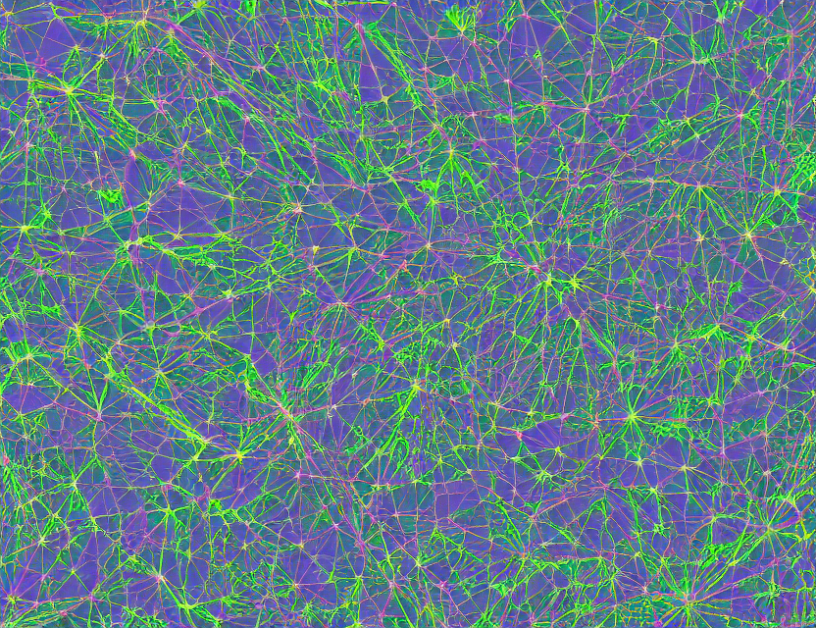Large language models (LLMs) have revolutionized many areas of artificial intelligence, including image understanding. In this article, we will delve into how LLMs can be harnessed to generate attributes for images in a hierarchical fashion, and how they can be used for image-text matching, open-set object detection, and analyzing visual biases in datasets.
Section 1: Generating Attributes with an LLM
In this section, we will explore how LLMs can be leveraged to generate attributes for images in a hierarchical fashion. We begin by explaining the concept of prompt querying, where the user provides a query to the LLM, and the model responds with relevant categories or attributes. We then describe how the user can control the number of categories and attributes per category using a user-inputted parameter N, which allows for customization and flexibility in the generated attributes.
Section 2: VLMs for Image-text Matching
In this section, we discuss how LLMs can be used for image-text matching, where the goal is to find images that match a given textual description. We explain how this task can be formulated as a ranking problem, where the model ranks images based on their relevance to the input text. We also describe how VLMs can be used to improve the accuracy of image-text matching by leveraging their ability to learn from large datasets and generate high-quality text outputs.
Section 3: Open-set Object Detection with LLMs
In this section, we explore how LLMs can be used for open-set object detection, where the goal is to detect objects in an image even if they are not present in the training data. We explain how this task can be formulated as a ranking problem, where the model ranks objects based on their likelihood of being present in the image. We also describe how LLMs can be used to generate high-quality object proposals that improve the accuracy of open-set object detection.
Section 4: Analyzing Visual Biases in Datasets with LLMs
In this section, we discuss how LLMs can be used to analyze visual biases in datasets by generating captions for images and analyzing their content using various metrics. We explain how this approach can help identify biases in the data and provide insights into how to mitigate them. We also describe how LLMs can be used to generate balanced datasets that reduce bias and improve the accuracy of image classification tasks.
Conclusion
In conclusion, LLMs have the potential to revolutionize many areas of artificial intelligence, including image understanding. By leveraging their ability to learn from large datasets and generate high-quality text outputs, we can use them to generate attributes for images in a hierarchical fashion, perform image-text matching, detect open-set objects, and analyze visual biases in datasets. As the field continues to evolve, we can expect to see new and innovative applications of LLMs emerge, further demystifying their capabilities and unlocking their full potential.



